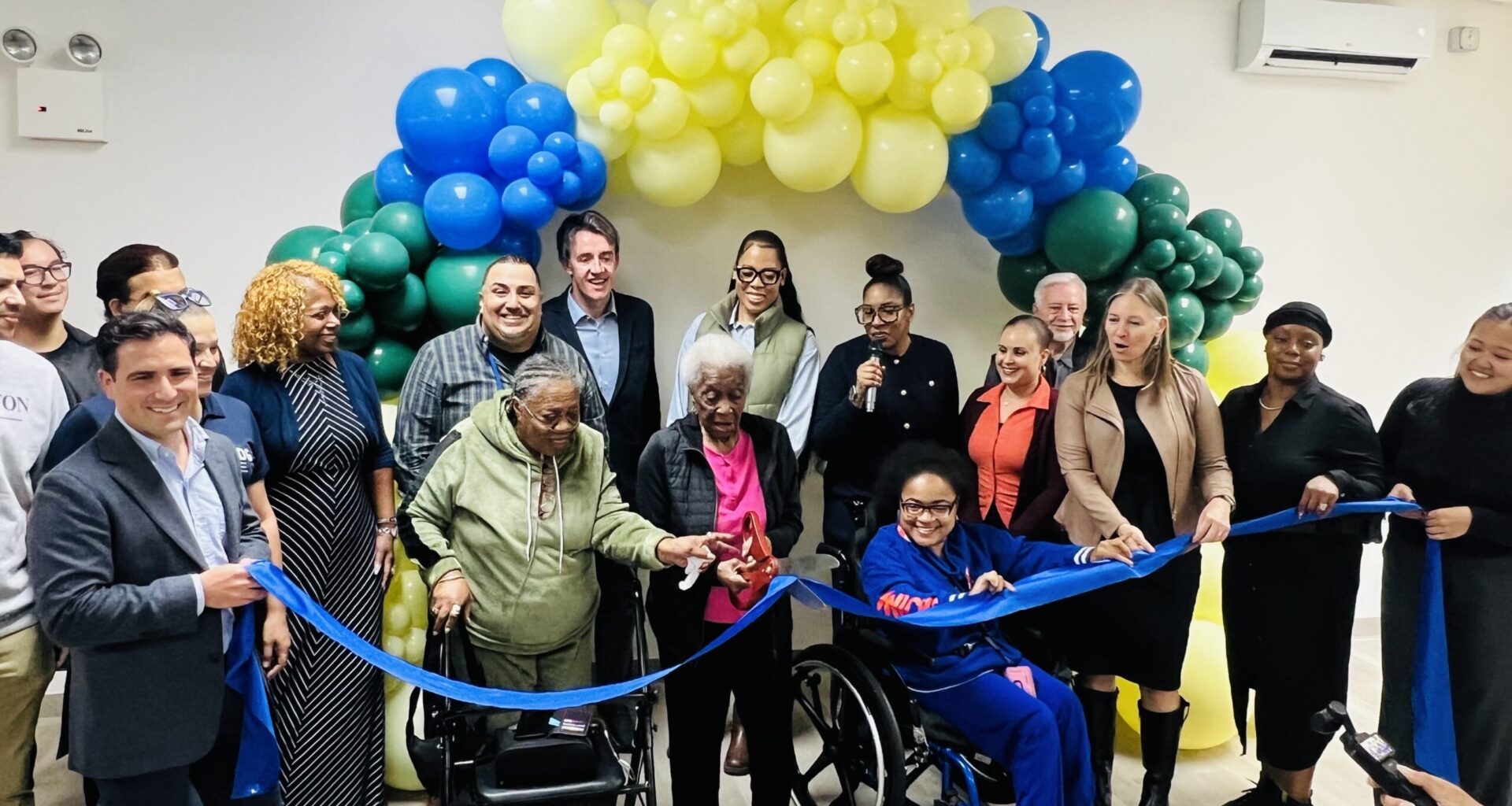 FORT GREENE — The affordable housing crisis in New York has been in existence since the turn of the 20th century, with the advent of overcrowded and unsafe tenement housing in lower Manhattan.
FORT GREENE — The affordable housing crisis in New York has been in existence since the turn of the 20th century, with the advent of overcrowded and unsafe tenement housing in lower Manhattan.
In 1934, New York City Housing Authority (NYCHA) was created with the goal to build affordable housing, though it never met full demand.
Throughout the 1950s and 1960s, federal Urban Renewal programs tore down many older neighborhoods, displacing thousands of low-income families. In the 1970s, New York City’s fiscal crisis slashed funding for housing and maintenance.
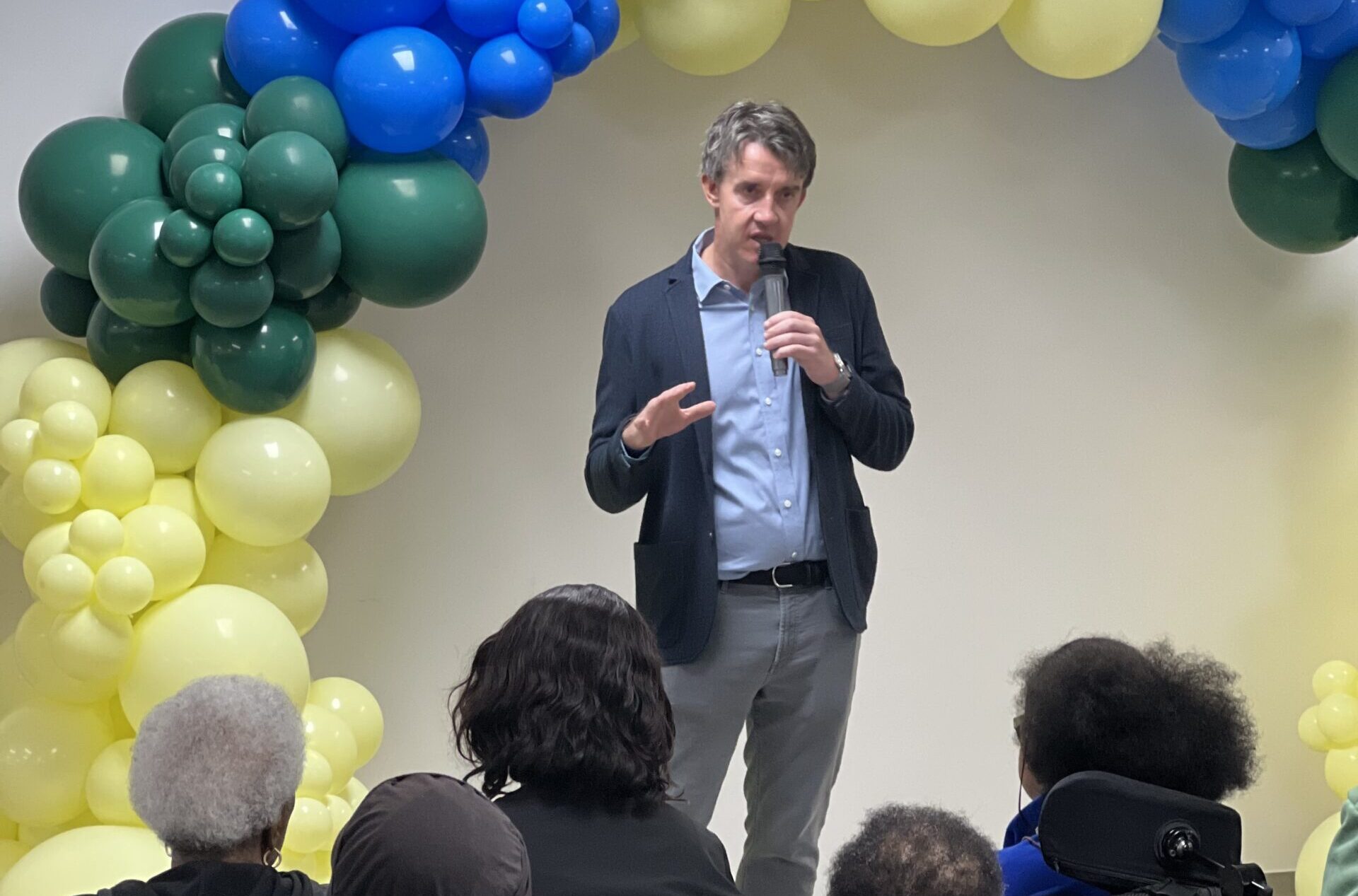 Will Blodgett, CEO and founder of Tredway, addressing the audience. Photo by Wayne Daren Schneiderman
Will Blodgett, CEO and founder of Tredway, addressing the audience. Photo by Wayne Daren Schneiderman
The 1990s faced the issue of rising demand and a loss of affordable units. Gentrification spread through neighborhoods like Williamsburg and the Lower East Side, displacing longtime residents.
In the 21st century, the 2008 financial crisis caused foreclosures and slowed construction. Affordable housing could not keep up with population growth.
In 2025, more than half of New York renters are “rent burdened,” with about 20% severely burdened, spending 50 % of their income on rent.
A professional and personal goal
William Blodgett is the CEO and founder of Tredway, a real estate development firm that acquires, revitalizes and preserves affordable, workforce and mixed-income housing. He told the Brooklyn Eagle that his professional and personal goal is to do something about the housing crisis.
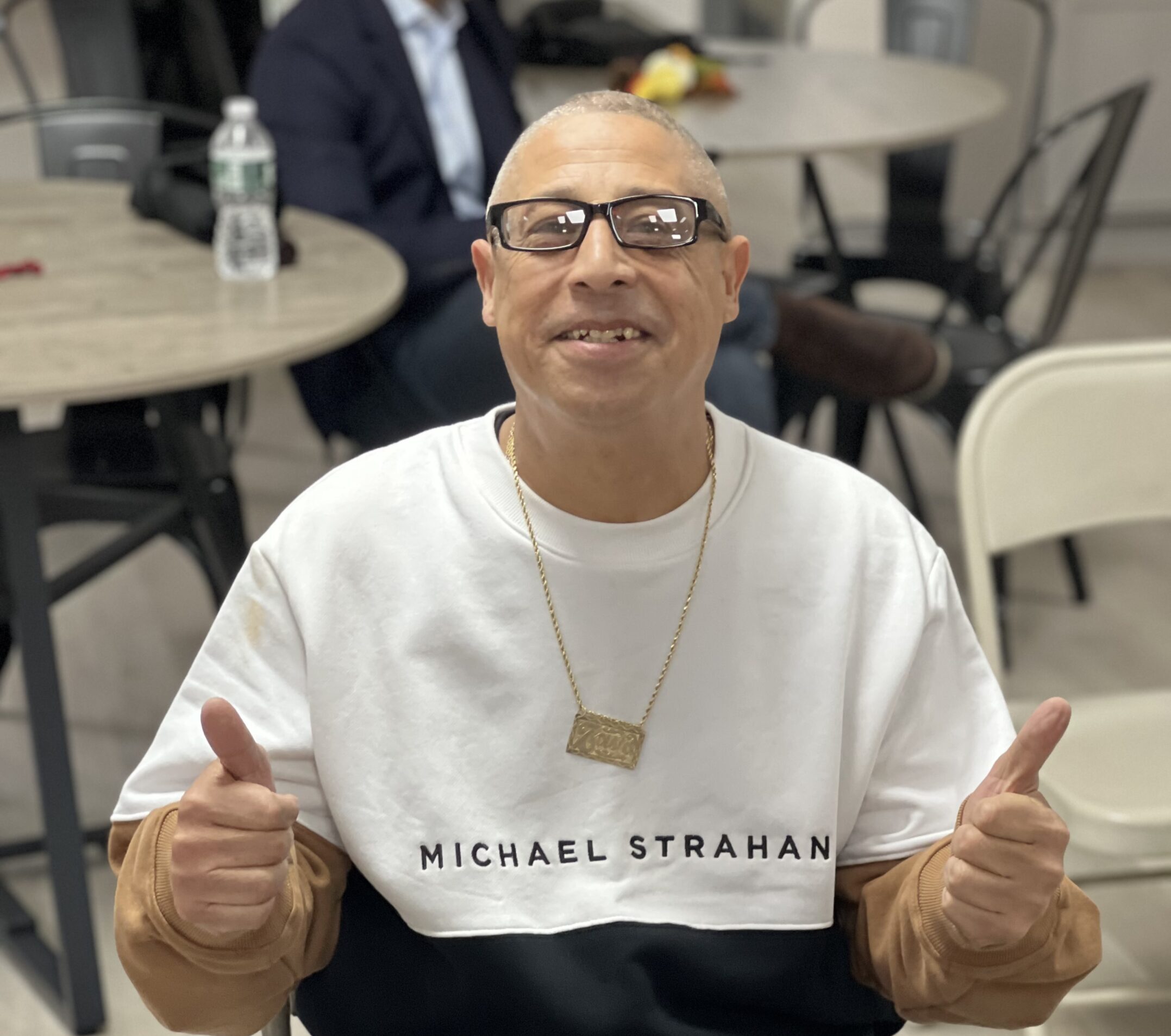 Octavio Arias, 62, resident at 80 Greene Ave., likes what he sees as far as the building’s renovations. Photo by Wayne Daren Schneiderman
Octavio Arias, 62, resident at 80 Greene Ave., likes what he sees as far as the building’s renovations. Photo by Wayne Daren Schneiderman
Blodgett, who describes himself as an empathetic and passionate entrepreneur focused on making a difference, grew up in Chicago.
“I was poor and only had a few friends, some of them older folks,” said Blodgett. “They lived in the Chicago Housing Authority. Sadly, it ended up being torn down. What made it even worse was that it was housing for the elderly. That did not sit well with me.”
When Blodgett graduated from college, it was crystal clear what he wanted to do with his life. “I went straight into the affordable housing business. I knew that I wanted to help people,” he said.
 Victoria Tran, vice president of Investments at Tredway. Photo by Wayne Daren Schneiderman
Victoria Tran, vice president of Investments at Tredway. Photo by Wayne Daren Schneiderman
Blodgett’s newest venture with Tredway is in Fort Greene at 80 Greene Ave.
As part of Tredway’s acquisition of a 193-unit portfolio in Fort Greene, 97 homes for seniors were recently renovated in the seven-story Greene Clermont Houses targeting low-income households earning 50% AMI and extending the community’s affordability for the next 40 years. On the morning of Oct. 8, a ribbon-cutting commemorated the overhaul.
“This building was at risk of losing its affordability status and being turned into high-end condos,” said Blodgett. “When I found that out, we went to work about a year ago.”
Renovations
According to Blodgett, $12 million was spent on refurbishing the building, including the apartments — all one-bedroom rentals at approximately 550 square feet — and the community areas.
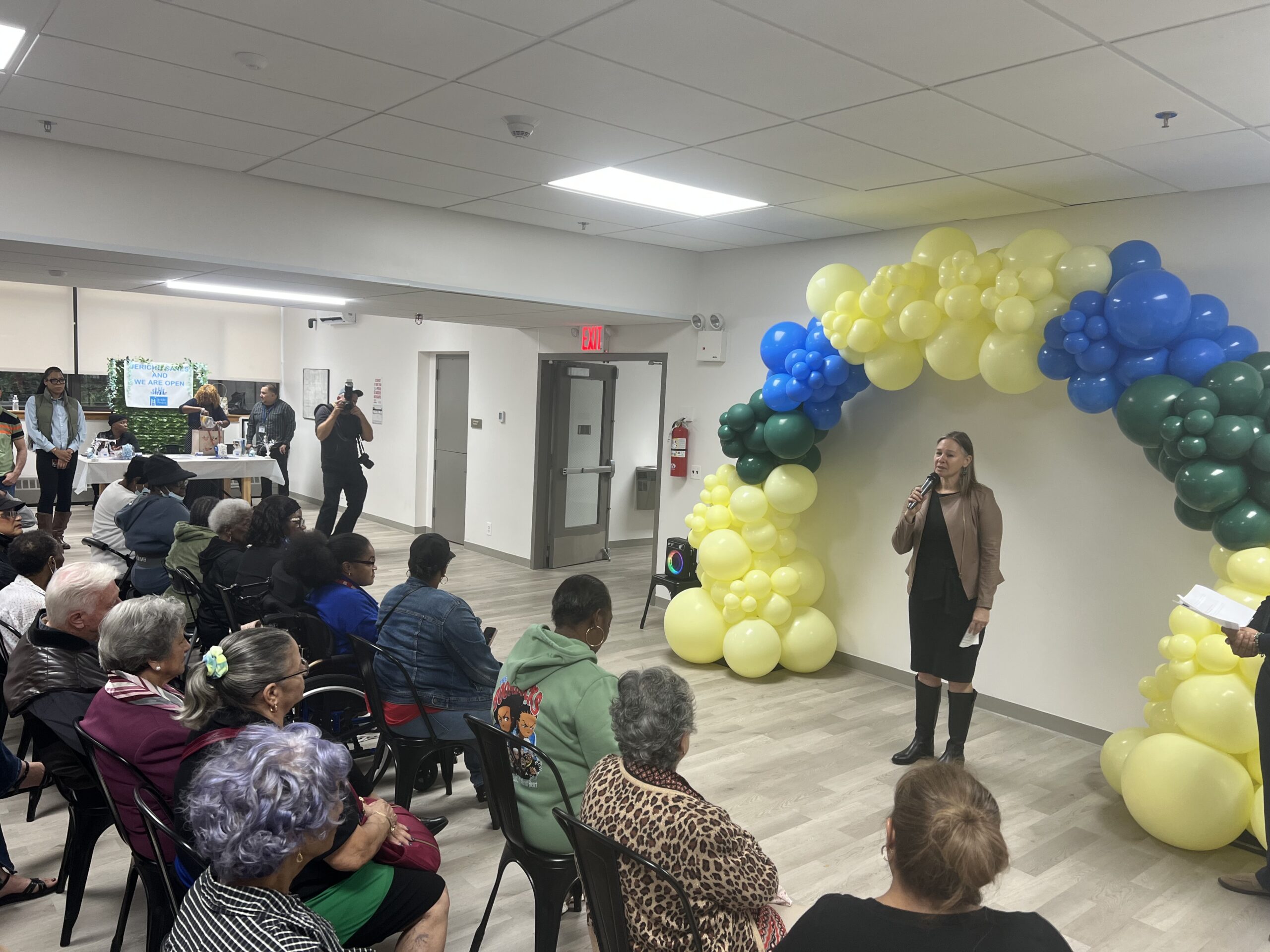 Kim Darga, Housing Preservation and Development deputy commissioner and officer of Development, speaks. Photo by Wayne Daren Schneiderman
Kim Darga, Housing Preservation and Development deputy commissioner and officer of Development, speaks. Photo by Wayne Daren Schneiderman
Renovations to the apartments and common areas focused on transforming them into modern, energy-efficient and comfortable spaces models with accessible design. Each kitchen is equipped with a stainless steel Energy Star refrigerator, range and microwave, custom shaker-style cabinets, subway tile backsplashes and quartz countertops.
Given the aging population at 80 Greene St., a design priority was to convert existing tubs into walk-in showers. Flooring was replaced with wide oak vinyl plank in living areas and porcelain tiles in kitchens and baths. Lighting fixtures were upgraded to be energy-efficient LED models with light dimmer switches.
The community room was renovated and enhanced to include a community kitchen, wellness room, nurse’s station and resident services coordinator office.
Through a partnership with Jericho Project, a nonprofit organization that provides supportive housing and services for homeless and at-risk individuals and families, residents will benefit from social services and meaningful programming tied to the Jericho Community, Advocacy, Resources and Employment Services (CARES) initiative.
A simple objective
Blodgett said that while much has been accomplished in 80 Greene St.’s evolution, the work is not yet complete.
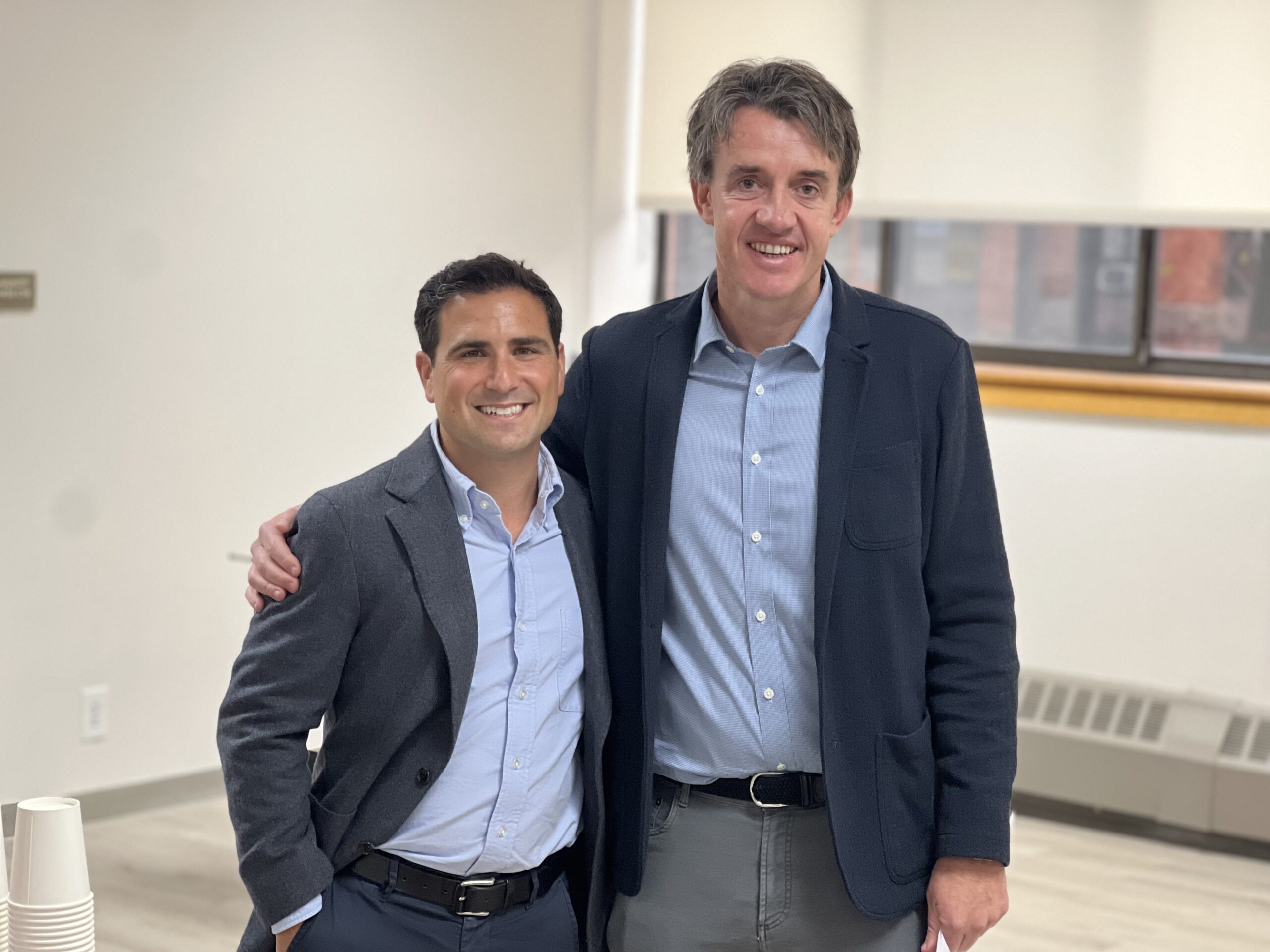 Adam Sussi, partner at Tredway, alongside Will Blodgett, CEO and founder. Photo by Wayne Daren Schneiderman
Adam Sussi, partner at Tredway, alongside Will Blodgett, CEO and founder. Photo by Wayne Daren Schneiderman
“This was only phase one,” he said, adding that additional improvements, which will take place within the next year, will include renovated outdoor balconies with new benches and flowers, fully modernized elevators and a revamped roof.
Blodgett also disclosed that Tredway has a deal under contract in Bedford-Stuyvesant, “a very similar project to this one in terms of renovation and units.”
“We do work all over New York City, actually all over America. My objective is simple: to make a difference in people’s lives and make housing more livable and affordable,” said Blodgett.

